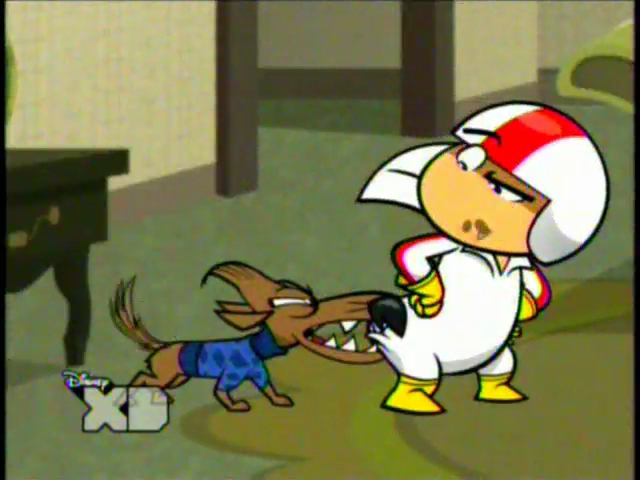How to Avoid a Dog Bite on Your Run
ScienceQ publishing Group 2014-04-04
here, it means fresh air, mild temperatures, and outdoor runs. But a casual outing on the road or in a park can turn into a catastrophe if a pugnacious pooch escapes the yard or its owner’s leash and decides your leg looks like a tasty treat.
Nearly 4.7 million people get nipped by dogs each year, and of those bites, 1 out of 5 require medical attention, according to the American Humane Association. If you find yourself fending off Fido anytime soon, here’s what you should do.

Pre-Run “Always tell someone you are heading out, and bring your phone,” says Wanda Filer, M.D., of the American Academy of Family Physicians. In the event of an incident, you can use your phone to call for help or record information from the owner—if there is one—about the dog’s name, its veterinarian, and vaccination records. The most important thing will be to ensure the dog is rabies-free.
Pre-Attack Say you see Cujo coming out of the corner of your eye or feel his hot breath inches from your calf. Keep calm and stop running immediately. “Dogs go after joggers because it triggers an instinctive predatory charge,” says Bonnie Beaver, DVM, professor in the College of Veterinary Medicine at Texas A&M University.
If the dog is merely approaching, don’t make eye contact. It could undertsand your stare as a threat to fight. Look down and away instead, says Beaver, then walk slowly toward the dog. The goal is to throw it off and get it to stop or slow down. You can also firmly say commands, such as ”NO! GO HOME!” if you notice it backing down.
If the dog is aggressive and trying to take a bite at you, cross your arms over your chest to offer extra protection for your body. If the dog is large and could potentially jump high, ball your hands into fists and bring them up under the chin to protect your neck. Do your best to not panic and try hard to not exaggerate your physical movement. You are going to do what is instinctive—yell, scream, kick—until help arrives or the dog leaves. But try to remember: the harder you fight the dog, the harder it will fight back, says Beaver.
Post-Bite As soon as you can, wash the wound with warm water and soap and examine it. If it is more like a scrape, treat it yourself and put a topical antibacterial such a bacitracin on it. Clean it once every 24 hours. If it starts to look worse, reddens or swells, or there is drainage, these are signs of infection that you should get checked out, says Filer.
If it is a puncture wound, contact your general doctor, where they may suggest you receive a tetanus shot. “Tetanus shots are good for 10 years, but if it has been more than five years and the bite punctured your skin, you should have another one,” says Filer. Antibiotics may also be prescribed as a preventative measure against infection. Also, report the bite to local police or animal control in case the dog has had previous incidents.
While getting rabies from a dog attack is rare in the U.S., the disease is almost always fatal, so you need to find out if the dog is up-to-date on its vaccines—particularly rabies. If you are unable to determine if the dog is rabid or it’s a stray, your doctor may suggest you receive a series of preventative shots called rabies post-exposure prophylaxis.